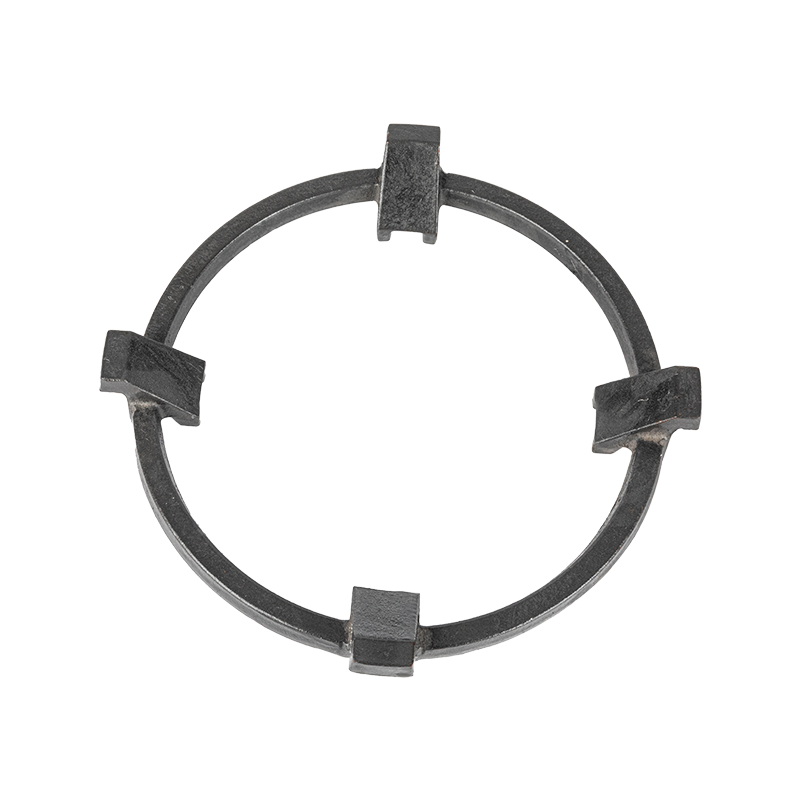Provide you with the latest enterprise and industry news.
1. Oven cavity: The oven cavity is the main structure of a gas oven and is usually made of high-temperature resistant metal, such as stainless steel or iron plate. It is designed to provide a safe space to hold food while having thermal insulation and thermal conductivity properties to ensure food is heated evenly. The interior of the oven cavity usually has adjustable racks and baking sheets that can be adjusted and positioned according to the size and shape of the food.
2. Heat source: The heat source of a gas oven is usually generated by burning natural gas or liquefied gas. The gas burner is located at the bottom or rear of the oven, and when ignited, the flame generates heat that is transferred into the oven cavity through convection and conduction, thereby heating the food. Ovens are usually equipped with a gas valve to control the flow of gas to regulate the size and temperature of the flame.
3. Control panel: The control panel is the operating interface of the gas oven, usually located at the front or top of the oven. It includes control buttons and indicator lights such as a temperature regulator, oven mode selector, and baking time setter. Users can set and adjust the temperature and working mode of the oven through the control panel to meet the cooking needs of different foods.
4. Ignition system: The ignition system of a gas oven is responsible for starting the gas burner. Modern ovens are usually equipped with either an electronic ignition, which ignites the gas with an electronic spark, or a match ignition, which uses a match to ignite the gas. The ignition system is designed to ensure that the gas ignites safely and reliably to start the operation of the oven.
5. Temperature regulator: The temperature regulator is a key component in controlling the operating temperature of the oven. The user can select the desired oven temperature via the thermostat, which typically ranges from as low as 150 degrees Celsius to as high as 250 degrees Celsius. A thermostat typically regulates the oven's internal temperature by controlling the intensity of gas combustion.
6. Exhaust system: The exhaust system is used to discharge the hot gas and gas exhaust gas generated inside the oven and maintain ventilation inside the oven. This helps prevent the oven from overheating and pressure build-up while keeping the air inside the oven fresh. The exhaust system usually consists of an exhaust vent at the rear or top of the oven, and an exhaust duct connected to it.
7. Hot air circulation system: Some gas ovens are equipped with a hot air circulation system, which uses built-in fans to evenly distribute hot air inside the oven cavity. This system helps ensure food is heated evenly and reduces temperature differences inside the oven, resulting in more uniform and efficient cooking.
Round Design Stove

Round Design Stove


 EN
EN 英语
英语 中文简体
中文简体







